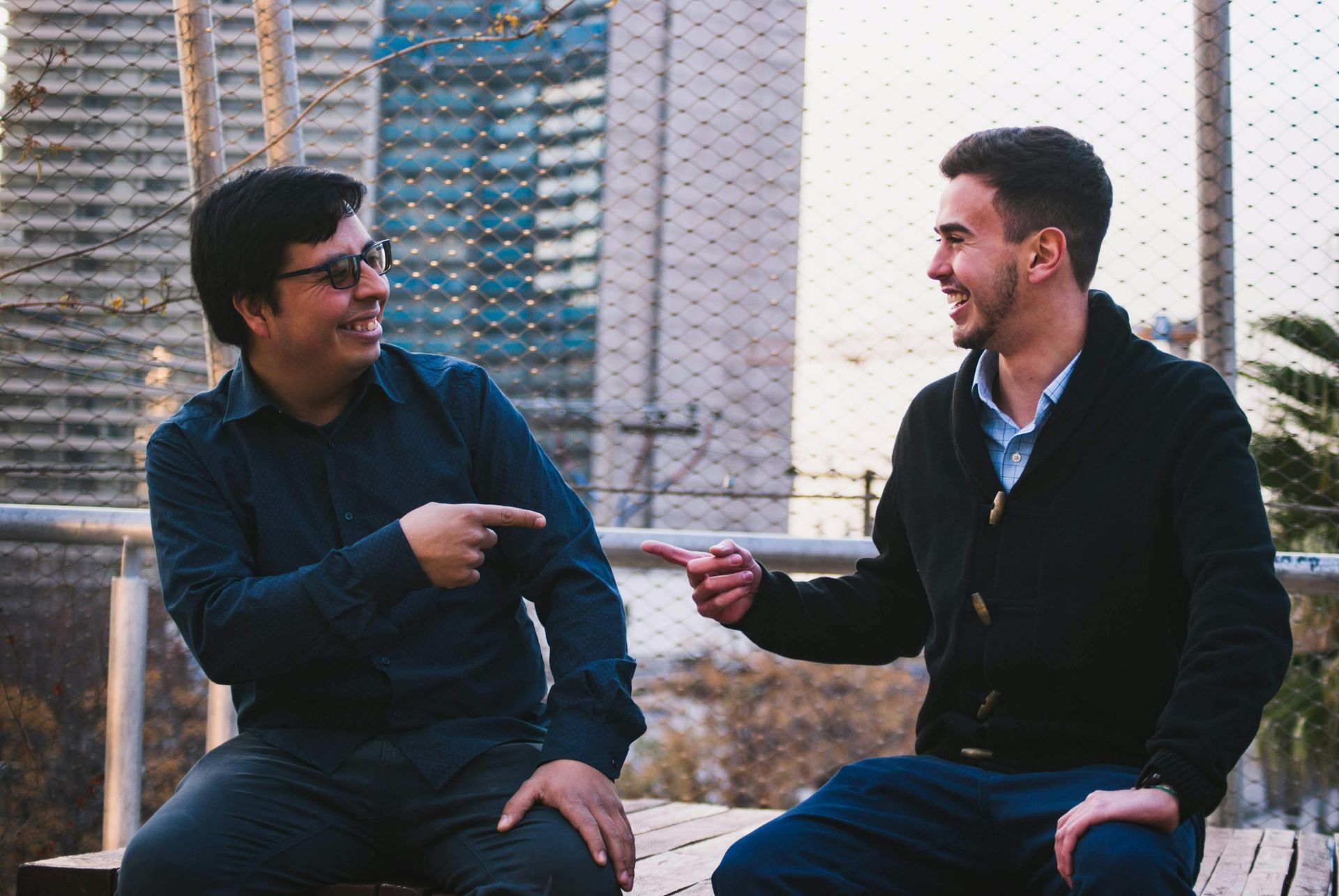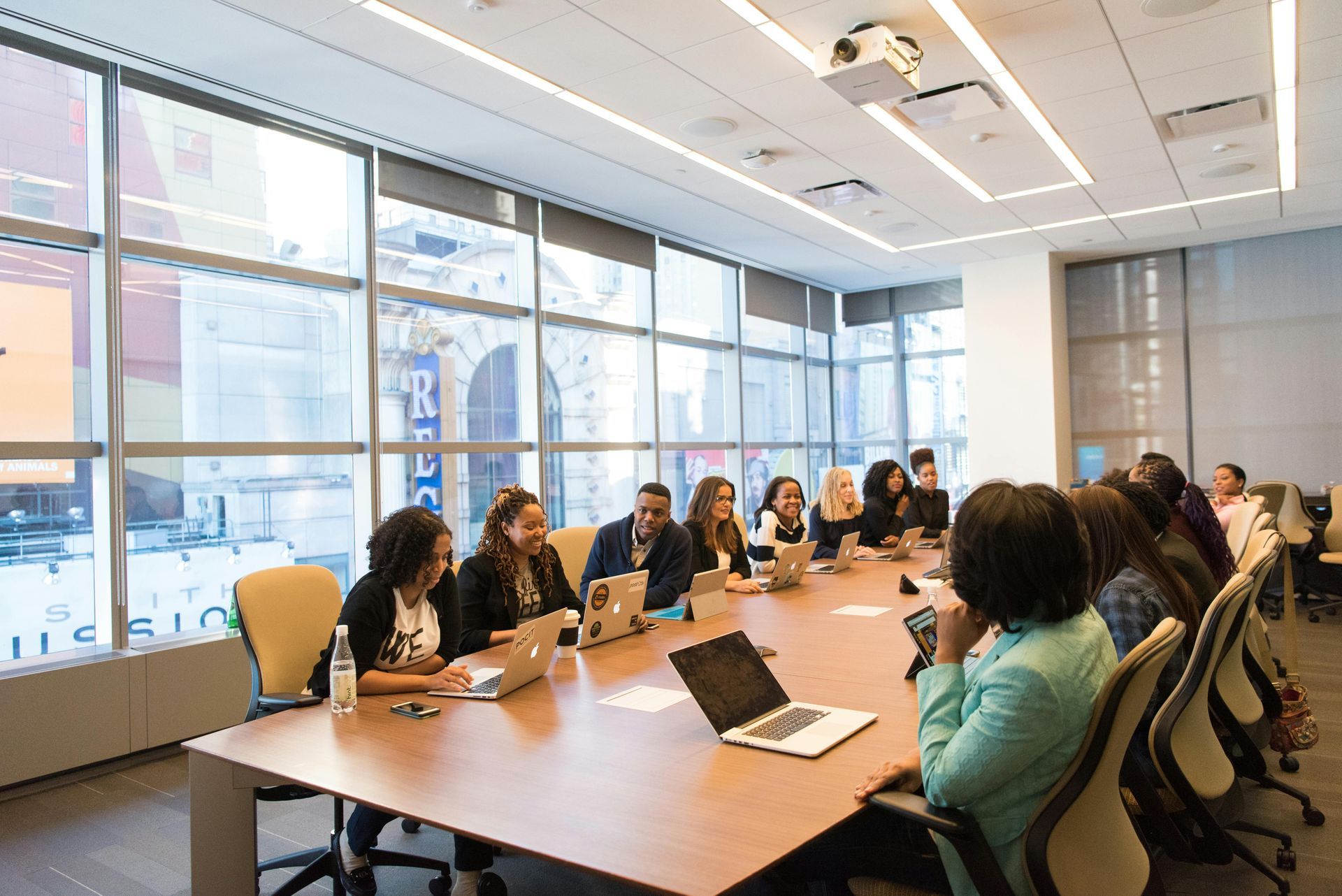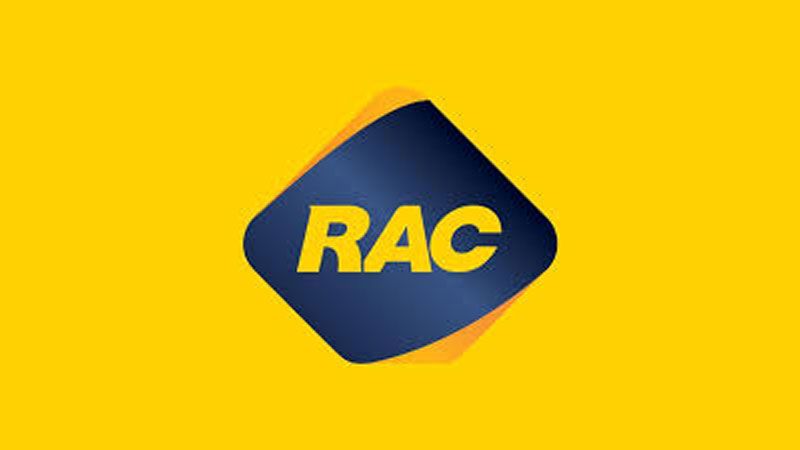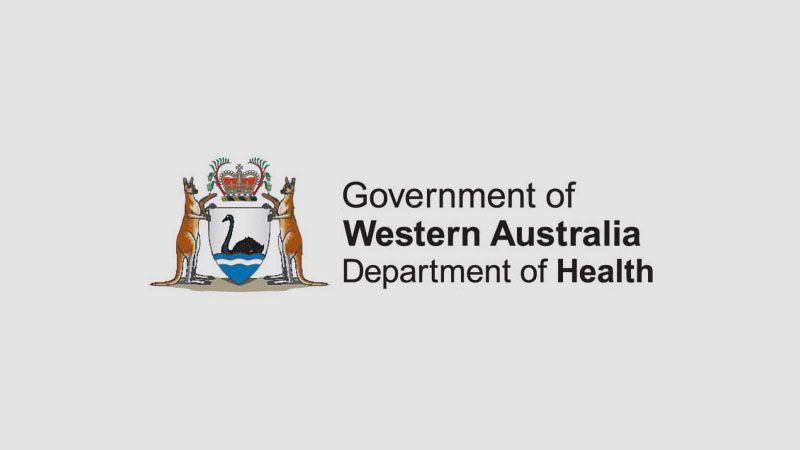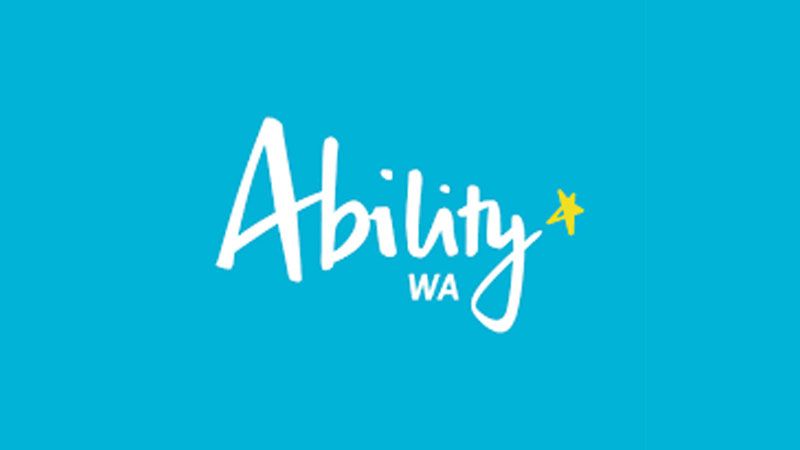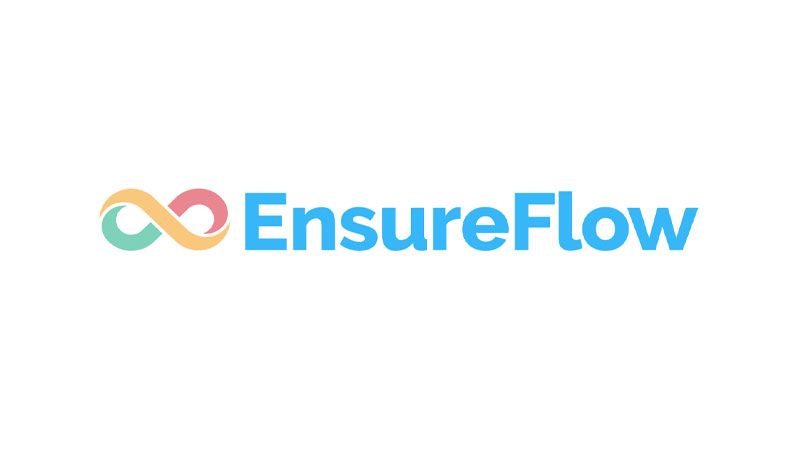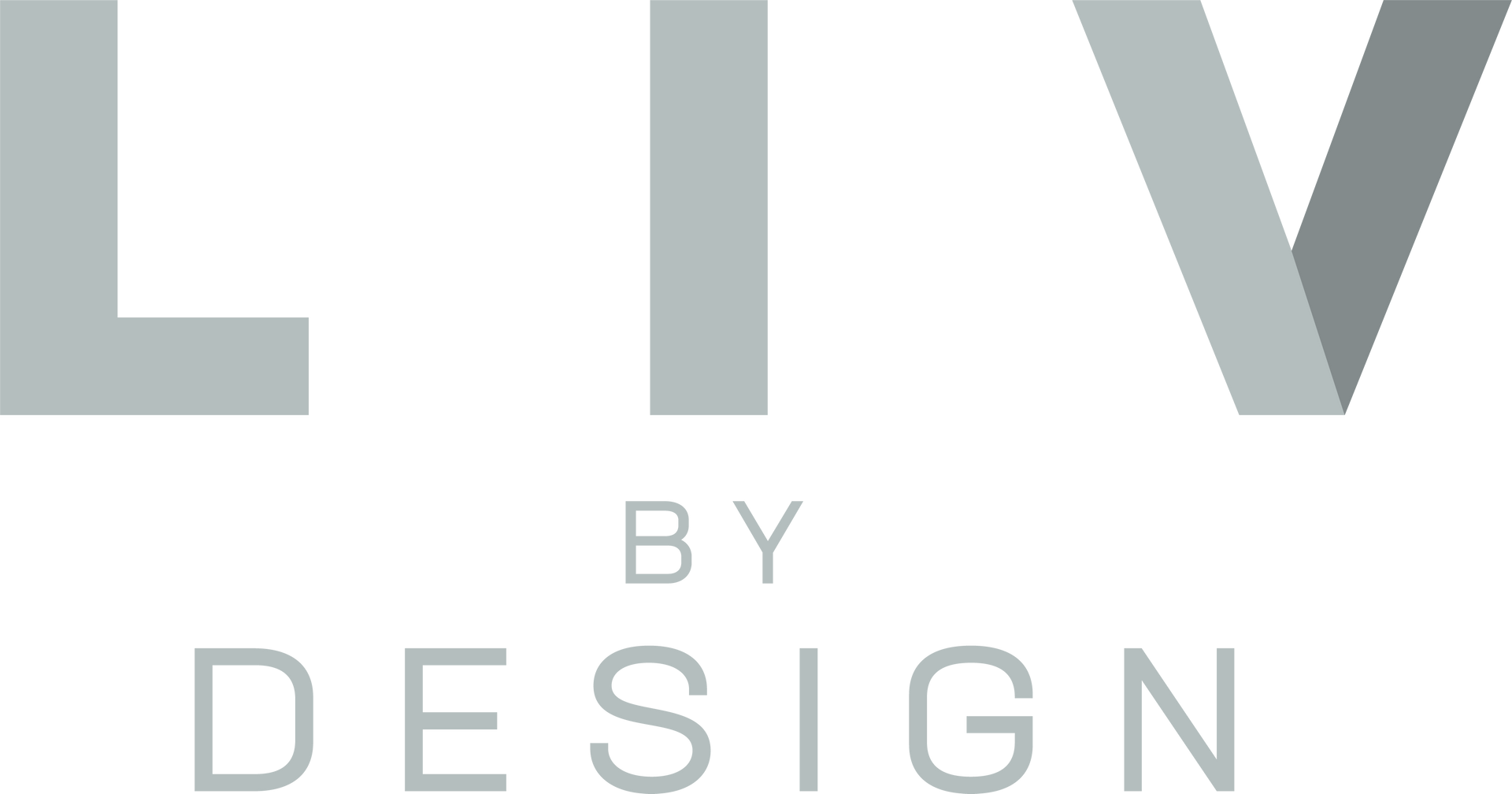Stop Team Chaos
Build a High-Performance Crew That Fuels Your Profits
As a business owner, your vision for growth is clear: "skyrocket profits," "more freedom," and a business that runs smoothly without you.
But too often, that vision gets clouded by the day-to-day reality: "HR spotfires," constant "people problems," and the nagging feeling that your team isn't truly aligned to achieve the "big goals."
You know that "strong relationships" are vital, but when "a disconnect up the chain" or "people not working together effectively" takes hold, it saps productivity and secretly eats into your precious time and profits.
The truth is, your team's ability to get stuff done and work together – their 'Team Dynamics' – isn't just about good vibes; it's your most powerful, often untapped, lever for increasing efficiency, driving innovation, and boosting your bottom line.

When your team isn't truly aligned, when there's "a disconnect up the chain," or "people not working together effectively," it's not just a minor annoyance – it's secretly stealing your most precious resource: TIME, and directly draining your bottom line.
The truth is, your team's ability to work together effectively – what we call 'Team Dynamics' – is your hidden growth engine. When your team clicks, when they feel empowered to speak up and contribute, that's when productivity soars and profits follow.
So, how do you cultivate these powerful team dynamics that directly translate into better results for your business? It’s simpler and more practical than you might think.
The Crucial Role of Healthy Team Dynamics
At its core, healthy team dynamics mean creating an environment where your people feel comfortable sharing ideas, flagging potential issues, and collaborating openly without fear of being shut down or ridiculed. It's the bedrock of trust, smart decision-making, and getting things done efficiently.
When your team feels truly heard and valued, they stop holding back. They bring their best ideas to the table, they identify problems before they become crises, and they work together seamlessly to find solutions. This isn't just about 'feelings'; it's about eliminating wasted time, boosting innovation, and ultimately, delivering more for your customers and your profit margins.
How to Transform Your Team's Effectiveness
Bringing in an expert in team dynamics is about more than just 'training'; it's about implementing practical strategies that unlock your team's full potential and deliver tangible results. Here’s what it looks like:
- Pinpointing the Real Issues: We start by digging into how your team currently operates. Through simple assessments and conversations, we uncover the hidden bottlenecks and misalignments – those nagging "people problems" that are costing you. We identify what's working well and where the real opportunities for improvement lie.
- Customizing Your Game Plan: Based on what we find, we'll build a clear, actionable strategy. This isn't a one-size-fits-all approach. It might involve streamlining communication, empowering key managers, or setting up new ways for teams to collaborate – all designed to directly address your specific challenges and drive your "strategic growth."
- Empowering Your Leaders & Teams: We provide practical workshops and coaching sessions that equip your leaders and teams with the hands-on skills they need to foster better teamwork every day. This is about giving them the tools to speak up effectively, manage conflict constructively, and make decisions faster – skills that directly impact productivity.
- Smoothing Out the Bumps: When disagreements or tensions arise – because they will – we step in as a neutral guide. We help teams navigate difficult conversations, find common ground, and move forward productively. This ensures that valuable time isn't wasted on unresolved conflicts, keeping your focus on "outcomes and deliverables."
- Tracking Your Progress: We don't just set it and forget it. We establish clear ways to measure progress over time. This ensures that the efforts to improve your team dynamics are yielding real, measurable results – demonstrating a clear return on your investment in terms of increased efficiency and profitability.
The Bottom Line: What Healthy Team Dynamics Deliver for YOUR Business
Why should you, the business owner, focus on this? Because strong team dynamics directly impact your most critical metrics:
- Explosive Innovation: When your team feels comfortable sharing raw ideas and experimenting without judgment, innovation flourishes. They'll generate groundbreaking solutions and products that give you a competitive edge, ensuring you "future-proof their business."
- Peak Performance & Productivity: Teams with robust dynamics are simply more productive. They collaborate better, waste less time, make faster decisions, and ultimately, get more done. This translates into enhanced output, improved quality, and a direct boost to your "bottom line." You'll see "less struggle, more business growth."
- Built-in Resilience: In today's unpredictable market, adaptability is key. Teams with strong dynamics can navigate change, tackle unexpected challenges, and bounce back from setbacks with greater speed and confidence. This reduces your own stress and ensures your business remains strong.
Real-World Proof: It's Not Just Theory
Still wondering if this is truly practical? Look at the evidence:
- Google's Deep Dive: Google famously studied hundreds of its teams to find the secret to success. Their conclusion? The single most important factor was healthy team dynamics – where members felt comfortable and open. These teams consistently outperformed others in innovation, productivity, and employee satisfaction.
- Novartis Pharmaceuticals: Faced with intense pressure, Novartis transformed its culture by prioritizing effective team interactions. They saw a significant increase in employee engagement, more seamless collaboration, and a direct positive impact on their business results.
Beyond the Grind: Unleash Your Team's Potential for Profit
In today’s fast-paced environment, empowering your team to work together effectively isn't a luxury – it's a necessity for profitability and sustainable growth. By investing in strong team dynamics, you unlock the full potential of your team, drive innovation, and secure your business's future.
Ready to stop feeling "underappreciated" and build a team that truly drives your business forward? The journey to increased productivity and profitability for your business starts now.
Hey, I’m Liv, and I specialise in identifying and resolving people-related challenges within teams, focusing on human-centred design principles. My approach centres around building robust team dynamics – creating openness and collaboration to unlock the full potential of your people. If you have a talented team that you believe can achieve more, and you're tired of "HR spotfires interrupting the daily delivery," I’m here to help unleash their true potential for your business's bottom line.

